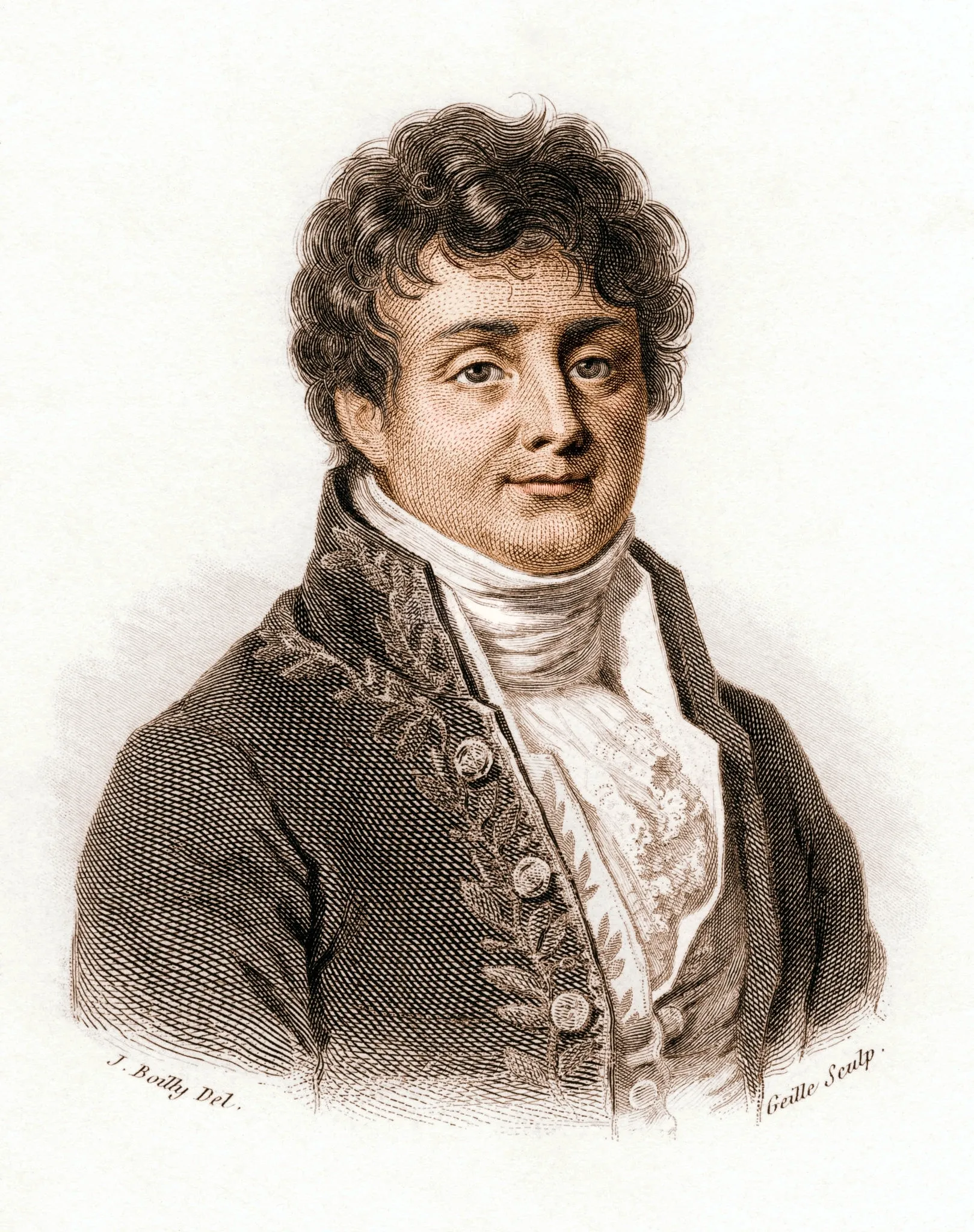Fourier Transforms in Communication
Saturday January 20, 2024



Imagine you’re watching your favorite show on a streaming service, smoothly and without interruption, directly on your smartphone. Ever paused to wonder how such seamless digital experiences are possible? The answer lies hidden within the realms of advanced mathematics—specifically, through the use of Fourier Transforms.
Fourier Transforms are crucial in breaking down complex signals into simpler parts that are easier to transmit and analyze. This mathematical tool transforms time-domain data (like audio or video signals that vary over time) into the frequency domain, revealing the different frequencies that make up the overall signal.
In this blog post, we’ll dive into the principles of Fourier Transforms and explore their indispensable role in modern communications technology. From streaming videos to sending text messages, Fourier Transforms enable the efficient encoding and decoding of data that keep us connected in our fast-paced digital world.
At its core, the Fourier Transform is a powerful mathematical tool that allows us to convert signals from the time or spatial domain into the frequency domain. This transformation is essential for analyzing signals that vary over time, such as audio recordings or radio waves, by breaking them down into their frequency components.
Mathematically, the Fourier Transform of a function
This integral transforms a time-domain signal
In communication systems, this transformation is indispensable. By converting signals into their frequency components, it becomes much simpler to analyze and manipulate them. This simplification is crucial for various tasks in communication, such as filtering unwanted frequencies, compressing data for easier transmission, and efficiently modulating signals for broadcast over different types of media. Essentially, Fourier Transforms allow us to handle complex data in a more manageable and insightful way, facilitating the robust transmission of information across vast distances and different media.

The Fourier Transform, named after the French mathematician Jean-Baptiste Joseph Fourier, was developed in the early 19th century. Fourier introduced it as part of his study on heat transfer and vibrations, laying the groundwork for what would become a crucial tool in applied mathematics and physics.
Fourier’s initial theory has since transcended its origins, evolving significantly with technological advances. During the 20th century, the adoption of Fourier Transforms expanded into the fields of telecommunication, radar, and digital data processing. This transition marked a pivotal shift from purely theoretical applications in thermodynamics to critical practical uses in analyzing and processing complex signals in modern communication systems.
Today, Fourier Transforms are integral to the functionality of various digital technologies, enhancing our ability to communicate over vast distances with remarkable efficiency and clarity.
Explore Fourier Transforms further with interactive tools and detailed lessons at Khan Academy.
Fourier Transforms play a crucial role in the field of signal processing, which is fundamental to modern communication systems. By transforming signals from the time domain into the frequency domain, Fourier Transforms allow for efficient filtering, modulation, and compression. This is essential for enhancing signal clarity, reducing bandwidth usage, and adjusting signal properties to match the transmission channel’s requirements.

Fourier Transforms are indispensable in the field of data transmission, particularly in the process known as multiplexing. Multiplexing is a technique where multiple analog or digital signals are combined into one signal over a shared medium. This process is crucial in environments where channel resources are limited, such as in telecommunications networks. By transforming these signals into the frequency domain, Fourier Transforms enable the combination and transmission of multiple signals efficiently without interference.
Once these combined signals reach their destination, they must be separated back into their original, individual forms. This separation is achieved through the use of inverse Fourier Transforms, which decode the complex mixed signal back into distinct signals. This ability to encode and decode signals accurately is fundamental to maintaining the integrity and quality of communication.

The practical applications of Fourier Transforms in communication are vast and varied. In FM radio broadcasting, for example, Fourier Transforms are crucial for modulating a carrier signal. This modulation involves altering the frequency of the base signal in accordance with the information (music or voice) that needs to be transmitted, allowing for efficient and reliable radio communications.
In the realm of internet data transmission, Fourier Transforms play a pivotal role in data encoding. They help in compressing data and preparing it for transmission over physical cables and wireless systems. This ensures that data can be sent quickly and efficiently across the internet, minimizing latency and maximizing bandwidth usage.
Cellular communication also benefits greatly from Fourier Transforms. In modern cellular networks, these transforms are used to multiplex calls and data services over the same frequency bands. This is particularly important in densely populated areas where the spectrum resource is scarce. By allowing multiple users to share the same bandwidth without cross-talk or interference, Fourier Transforms help in maximizing the efficiency of mobile networks.
These examples highlight not only the versatility of Fourier Transforms but also their critical role in the backbone of modern digital communication systems. As we continue to develop and enhance communication technologies, the role of Fourier Transforms remains central, continually adapting to new challenges and applications in the digital age.
In the realm of digital communications, Fourier Transforms play a pivotal role in the modulation process, where signals are prepared for transmission. This involves converting data into a form that is suitable for the transmission medium, such as radio waves or optical fibers. By applying Fourier Transforms, the original signal can be altered to efficiently utilize the bandwidth and adapt to the physical characteristics of the channel.

Upon reaching their destination, these signals must undergo demodulation, which is essentially the reverse of modulation. This step involves applying the inverse Fourier Transform to convert the frequency-domain signal back into its original time-domain form. This critical process ensures that the transmitted data can be accurately reconstructed and understood.

Despite their extensive applications, Fourier Transforms have inherent limitations. One major challenge is their difficulty in handling non-linear systems, which cannot be easily analyzed using linear methods like Fourier Transforms. Additionally, Fourier analysis typically assumes that signals are periodic and infinite, which is rarely the case in practical scenarios. This can lead to inaccuracies in signal reconstruction.
Current research in the field is focused on overcoming these limitations. Advances in wavelet transforms and time-frequency analysis are proving promising. These techniques offer more flexibility in handling various types of signals and are particularly effective in analyzing non-stationary signals where the Fourier Transform falls short.
Throughout this exploration, we’ve seen the profound influence of Fourier Transforms across various aspects of communication technology. From enabling the basic functions of signal processing to enhancing complex data transmission methods, these mathematical tools have become indispensable in our digital world. Their applications extend beyond traditional fields, influencing emerging technologies in quantum computing and machine learning, suggesting an even broader potential for future innovations.
As we continue to navigate an increasingly connected world, let us appreciate the foundational role that mathematical concepts like Fourier Transforms play in shaping the technologies that power our daily lives. Their continued evolution promises to drive further breakthroughs, making what once seemed like science fiction a tangible reality.

Image via NASA.